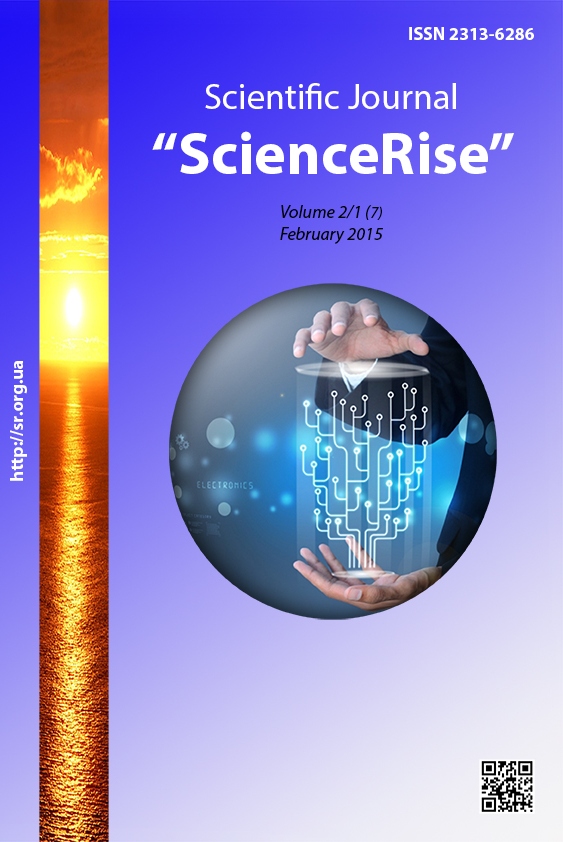Лідерство і командність в управлінні навчальним закладом
DOI :
https://doi.org/10.15587/2313-8416.2015.37059Mots-clés :
лідерство, організаційне лідерство, принцип командності, взаємодоповнювальна команда, матрична організаційна структура управлінняRésumé
У статті розкрито особливості лідерства та його взаємозв’язку із побудовою управлінської команди у навчальному закладі. Проаналізовано сутність теорії І. Адізеса щодо причини успішного та неуспішного менеджменту, переваги використання матричної організаційної структури управління для забезпечення ефективної спільної праці для досягнення визначеної мети
Références
Daft, R. (2006). Uroki liderstva [Lessons leadership]. Moscow, Russia: EKSMO, 480.
Platonov, Ju. P. (2007). Psihologisheskie fenomeny povedeniya personala v grupax i organizaciyax [Psychological phenomena of the stuff’s behavior in groups and organisations]. Saint-Peterburg, Russia: Speech, 416.
Owen, H. (2005). Prizvanie – lider: polnoe rykovodstvo po efectivnomy liderstvu [Calling – leader: the complete guide to effective leadership]. Business books, 368.
Sysoyeva, S. O. (Ed.) (2008). Tvorchist i technologii v naukovyh doslidjennyah neperervnoi profesiynoi osvity [Creativity and technology in scientific researches of continuous professional education]. KIM, 424.
Kovi, S. R. (2008). Liderstvo, osnovannoe na principah [Leadership based on principles]. Moscow, Russia: Alpina Business Books, 302.
Kollinsm J. (2002). Ot horoshego k velikomu [From good to great]. Saint-Peterburg, Russia: Stockholm Economic School in Saint Petersburg, 303.
Kalashnikova, S. A. (2011). Teoretyko-metodologichni zasady profesiynoi pidgotovky upravlinciv-lideriv v umovah suspilnyh transformaciy. [Theoretical and methodological principles of management professional training leaders in terms of social transformations], 462.
Senge, P., Klayner, A., Roberts, Sh. et. al. (2003) Tanec peremen: novye problemy samoobuchajuschihsya organisazii [The dance of changes: new problems of self-educational establishments]. Moskow, Russia: Olimp-Business, 624.
Krol, L., Mishailova, E. (2002). Trening trenerov: kak zakalalas stal [Training of trainers: how the steel was tempered]. Moskow, Russia: Class, 188.
Bila, O. O. (2008). Technologia interaktyvnogo navchanya maibutnih fahivciv socialno-pedagogichnoi sfery [The technology of interactive training of future professionals of social-educational areas], 65–68.
Bayhem, U., Smith, O., Pizi, M. (2002). Vospitai svoego lidera. Kak nahodit, razvivat i uderzhivat talantlivyh rukovoditeley [Educate your leader. How to find, develop and retain talented executives]. Moskow, Russia: Williams, 416.
Adzizes, I. (2006). Idealnyi kerivnuk: chomu vy ne mozhete staty nym i scho robyty z cogo pryvodu [Perfect head: why you can not be him and what to do about it]. Kyiv-Mohyla Academy, 266.
Téléchargements
Publié-e
Numéro
Rubrique
Licence
(c) Tous droits réservés Ірина Іванівна Драч 2015

Cette œuvre est sous licence Creative Commons Attribution 4.0 International.
Our journal abides by the Creative Commons CC BY copyright rights and permissions for open access journals.
Authors, who are published in this journal, agree to the following conditions:
1. The authors reserve the right to authorship of the work and pass the first publication right of this work to the journal under the terms of a Creative Commons CC BY, which allows others to freely distribute the published research with the obligatory reference to the authors of the original work and the first publication of the work in this journal.
2. The authors have the right to conclude separate supplement agreements that relate to non-exclusive work distribution in the form in which it has been published by the journal (for example, to upload the work to the online storage of the journal or publish it as part of a monograph), provided that the reference to the first publication of the work in this journal is included.

